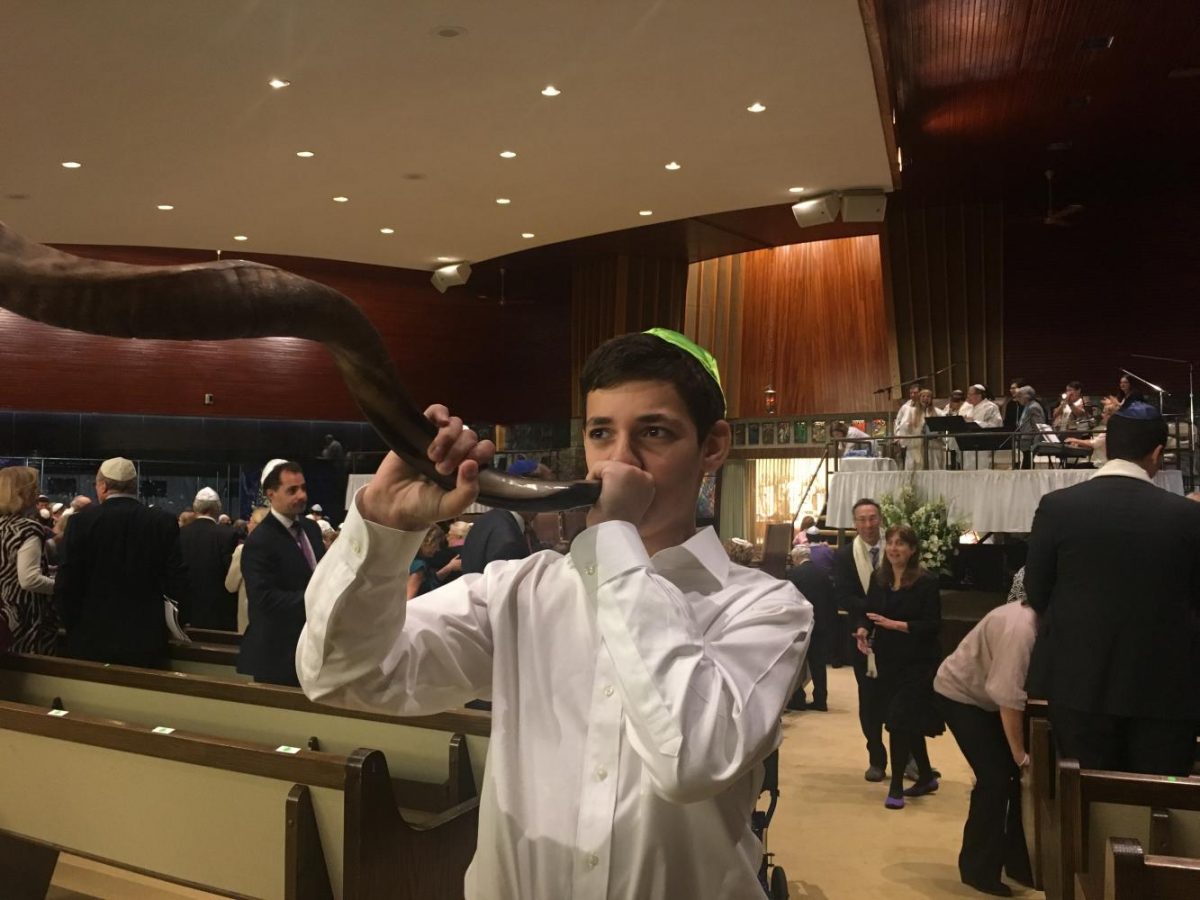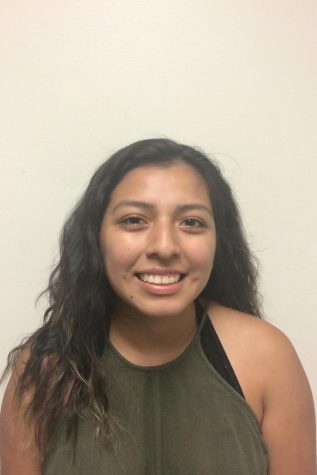Yom Kippur: Our First Experience
October 11, 2017
Editor’s Note: A version of this story was published in the Stamford Advocate.
On Saturday, Sept. 30, 2017, we got to partake in the Yom Kippur traditions along with the Jewish community at Temple Beth El. Though we are not converting to Judaism, learning about their customs and taking part in their religion was fascinating and definitely different, especially since we both come from Roman Catholic families!
First, a little background about the holiday for our non-Jewish readers: falling 10 days after Rosh Hashanah, those days leading up to Yom Kippur are also known as the “10 Days of Atonement” meaning “at one with God.” Yom Kippur is the holiest day of the Jewish year and it focuses on admitting your sins and asking God for forgiveness. To cleanse themselves of their sins and to show God that they are sorry, the Jewish community fasts, avoiding food and drinks, including water. There are, however, exceptions to this custom – people who take regular medication, are pregnant, have just given birth, are sick, are younger than 13 years old or are too old to participate are not required to fast. Another tradition of Yom Kippur includes Tashlich, a ritual of “casting away your sins” into a body of water.
People usually wear white as a symbol of purity and it promises that their sins “shall be made white as snow.” Men, single or married, also wore their kippahs (a head covering) and tallits (a fringed garment) during the prayer service.
Our day of atonement started early. Fasting officially began at 6:23 p.m. Friday and ended at 7:24 p.m. the next day. Saturday morning, we attended a children’s morning service at Temple Beth El. Before the service, the children met up in their classrooms and crafted decorations for the Sukkah, a temporary hut in which Jews dwell in for Sukkot, a weeklong Jewish holiday that comes five days after Yom Kippur. In one of the classrooms being supervised by Melanie Roloff, 17, children went over what Yom Kippur was all about. Roloff said, “By informing the kids about the holiday, it allows me to pass along the knowledge I have to them and allow them to continue to pass it on.”
The children’s service was spent by singing songs and reading prayers for Shabbat, or Sabbath day, as well as Yom Kippur. Teachers and teenagers, also, read stories relating to the traditions of Yom Kippur such as Red Blue & Yellow Yarn: A Tale of Forgiveness by Miriam Kosman. In relation to this story, the kids participated in an exercise where they threw balls of yarn around the room, creating a mess and tangling all the yarn. They were then instructed to help each other to clean up and they were able to roll up five balls of yarn out of 30 together in a short amount of time. The lessons learned in the story was to forgive those who have done wrong and to help others, both being ways to observe the holiday.
The day of Yom Kippur acts as a day to reflect on our sins and most of this day is spent in the synagogue. After the morning service, most people went home to rest and later returned for the evening service.
At the night service, we got to see more of an adult service where the rabbi read the prayers and cantor adapted the words of the prayers in song, usually in Hebrew.
At the service, a couple of events took place. One of them was the blessing of the newborns. In this event, a group of babies went up to the bimah to be blessed by the rabbi as part of an annual tradition. Following that event, to officially end Yom Kippur, all the lights were turned off and the children walked up to the bimah for the traditional Havdalah ceremony with glow sticks (which acted as havdalah candles) to symbolize the end of Shabbat and Yom Kippur.
Then, a group of chosen people were sent up to the bimah to participate in the traditional blowing of shofars (a ram’s horn blown into by Jews during religious services to make sound. There are several notes that can be played. Originally, it was used as a battle signal amongst ancient Jews) as a little competition to see who could blow it the longest. Jeremy Young, 13, was one of the selected individuals to go up. Young said, “I’ve been blowing the shofar at the children’s services for about five years now. I also love joining the adults for the final shofar blast at the end of the holiday before we break our fast.”
To wrap up the night, the rabbi thanked everyone for coming and joining in the annual event, also mentioning upcoming events. Once all was said and done, music started playing and the rabbi invited everyone to join him in the back of the room for a feast. The back of room had tables consisting of a variety of food, desserts and drinks, and everyone seemed delighted to fill their stomachs.
All in all, our experience was as interesting as we expected. We went into Temple curious and unsure of what we were going to see, and ended up learning a lot and having a good time. We’re not saying we were ecstatic to be fasting since it was difficult (especially since it was our first time experiencing this holiday), but the services had some upbeat songs that made us forget about our stomachs. The community at Temple Beth El was also very welcoming, and seeing that we were outsiders, they made sure we didn’t feel too out of place. In spite of some Jews apparently dreading the fasting associated with the holiday, they kept their chins high and did what they believed in. Most of them kept smiles on their faces, greeting others “L’Shana Tova,” or “have a sweet year!”






